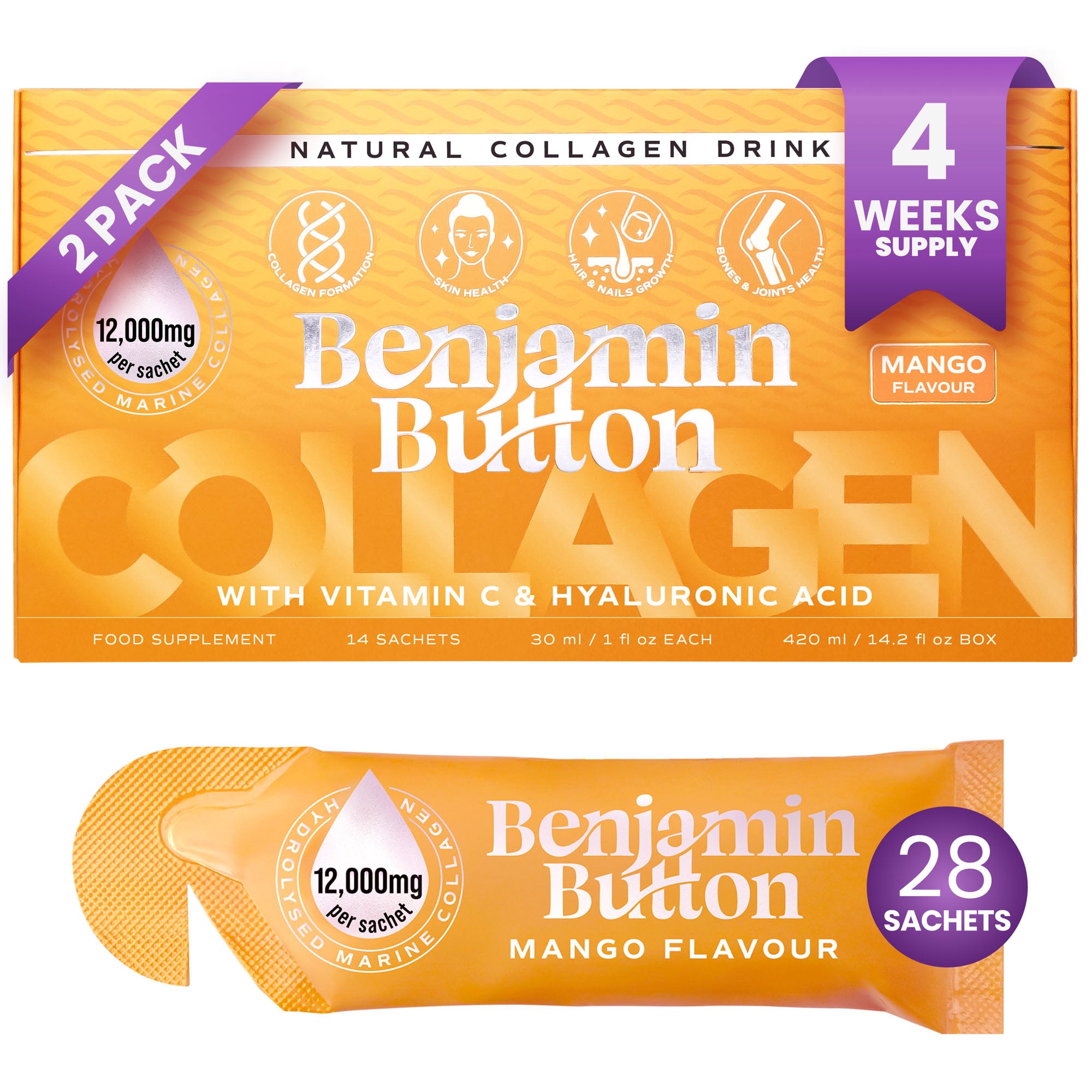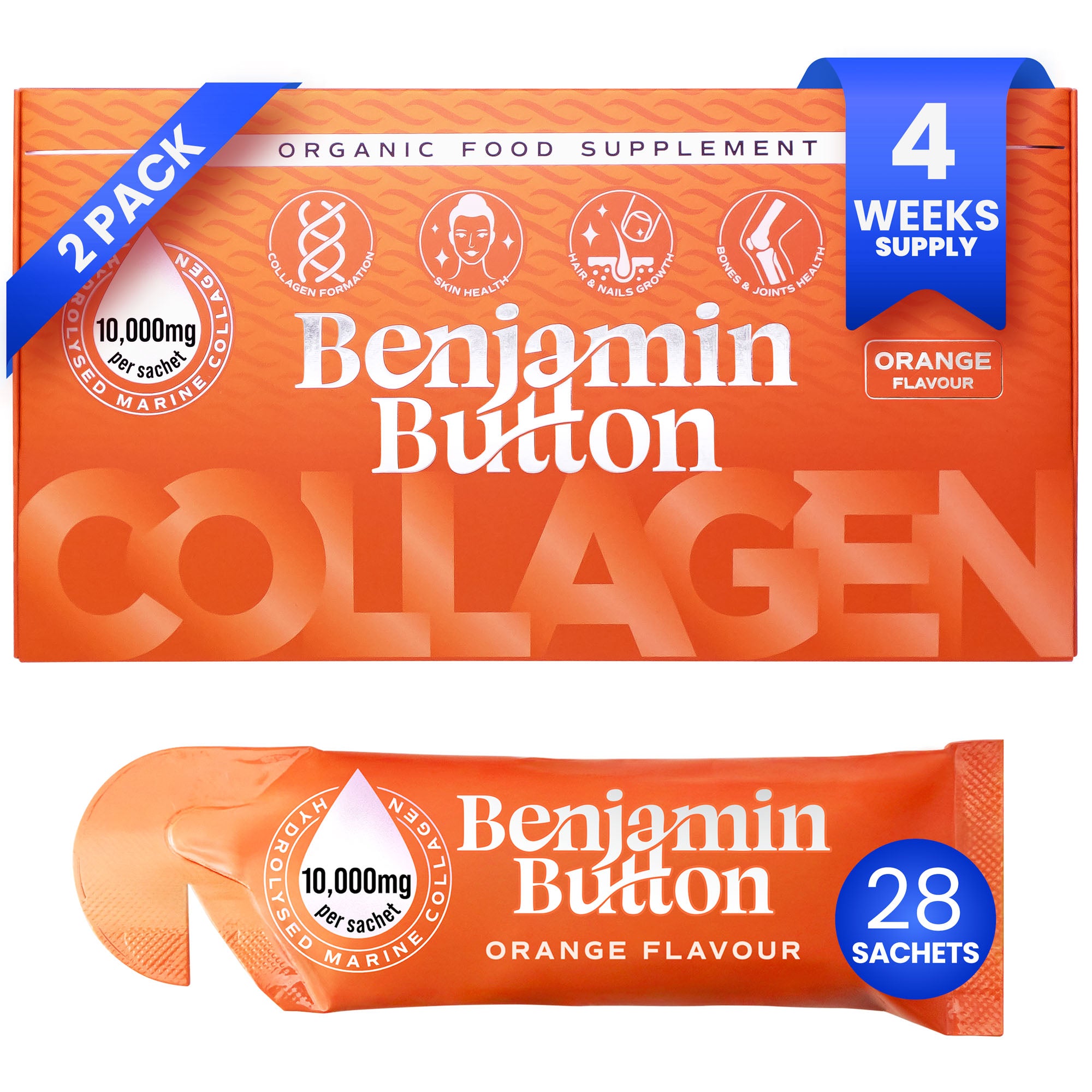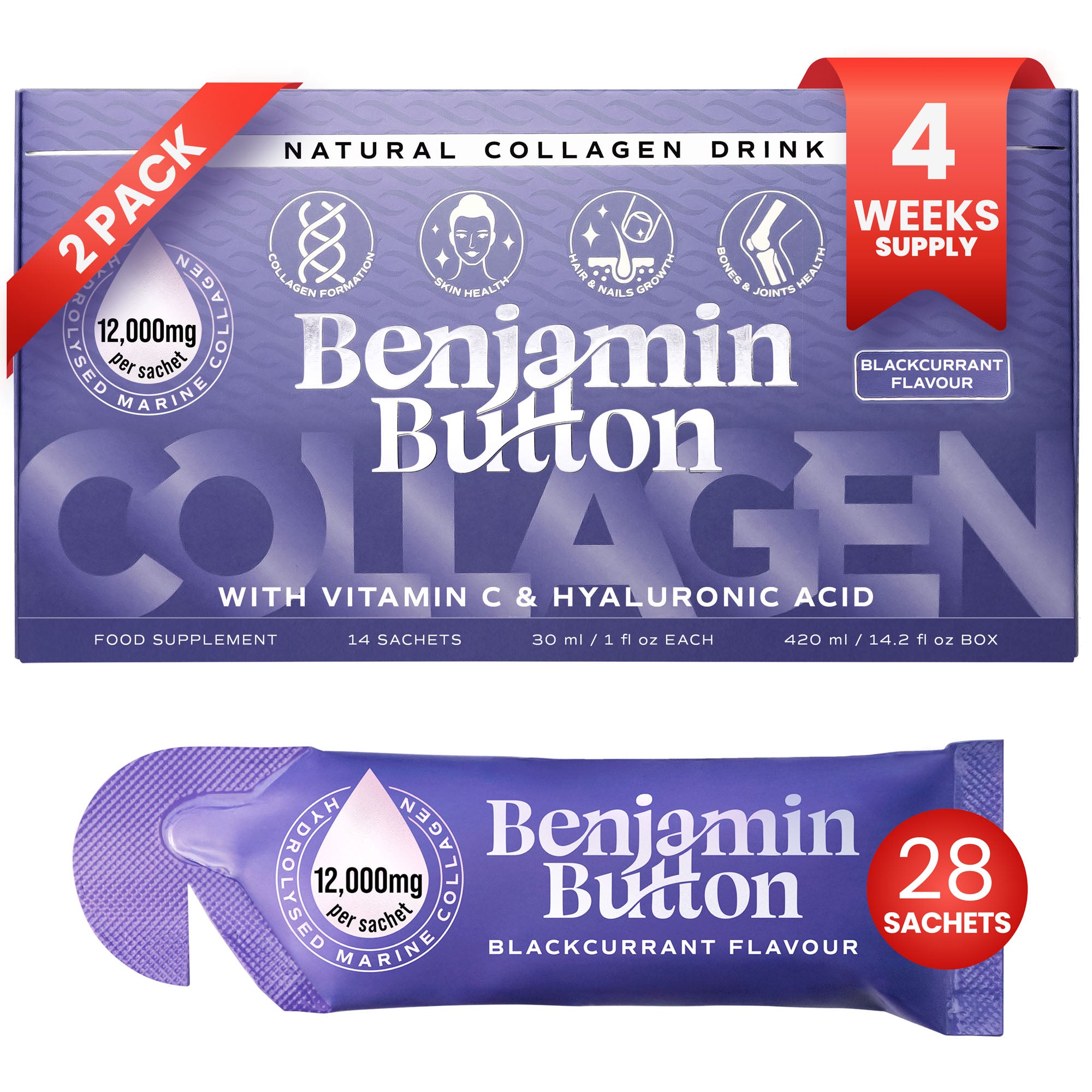Quick Cooldown Techniques: Transition from Running to Relaxed in Minutes
After an energetic run, the last thing you want to do is abruptly stop and feel the tension build in your muscles. Instead, embracing quick cooldown techniques can seamlessly transition you from a high-intensity workout to a state of relaxation. Just as in the fantastical tale of Benjamin Button, where age reverses itself, these techniques help your body revert from exertion to tranquillity. Let’s explore various methods to help you cool down efficiently.The Importance of Cooling Down
Cooling down after running is crucial for several reasons:- Reduces muscle soreness: Gradually bringing your heart rate down and stretching can prevent soreness and tightness.
- Prevents dizziness: A quick transition can help your body adjust and prevent light-headedness.
- Promotes flexibility: Engaging in cooldown stretches can keep muscles pliable and ready for your next workout.
- Aids in recovery: Cooling down accelerates recovery, ensuring you’re ready for your next run faster.
Incorporate Active Recovery
Instead of stopping dead in your tracks, embrace active recovery. This means continuing your movement but at a decreased intensity.- Walk it out: Taking 5 to 10 minutes to walk briskly as your heart rate gradually lowers allows your body to readjust smoothly.
- Gradual transitions: If you’re running, try to taper off your speed rather than halting completely. This method mirrors how a dancer flows effortlessly from one pose to another.
Dynamic Stretching Techniques
Once your heart rate starts to normalise, it’s time to move into dynamic stretching. This not only elongates the muscles but also promotes blood flow, essential after a rigorous run.- Leg swings: Stand on one leg and swing the other leg forward and backward to stretch your hip flexors and hamstrings.
- Arm circles: Extend your arms to the side and make small circles, gradually increasing size. This technique opens up the shoulders and chest.
- Torso twists: Standing with feet shoulder-width apart, gently twist your torso side to side to loosen your back.
Deep Breathing Techniques
Breathing plays a pivotal role in transitioning from an active state to a calm one. Implementing deep breathing techniques can significantly enhance your cooldown process.- 4-7-8 method: Inhale deeply through your nose for a count of four, hold your breath for seven, and exhale slowly through your mouth for eight counts. Repeat this several times to bring your body into a state of calm.
- Nadi Shodhana (Alternate nostril breathing): This method balances the mind's energy and can ground you after an energetic run. Close one nostril, inhale through the opened nostril, switch and exhale, then repeat.
Gentle Stretching
Once your breathing is steady, deep dives into gentle static stretching become beneficial. Focus on the muscles you've used during your run with gentle stretches tailored to promote flexibility and relaxation.- Quadriceps stretch: Standing tall, grab your ankle and pull your foot towards your glutes, feeling a pleasant stretch in your quads.
- Hamstring stretch: Sit down with one leg extended and reach towards your toe, ensuring you keep your back straight to avoid strain.
- Cat-Cow pose: Transition onto your hands and knees, arching and rounding your back in fluid motions to release tension in your spine.
Hydration and Nutrition Post-Run
Incorporating hydration and nutrition into your cooldown strategy is vital. After all, how can the body recover effectively without adequate refuelling?- Rehydrate: Drink water or an electrolyte-rich drink post-run to replenish lost fluids.
- Snack wisely: Choose a small snack rich in protein and healthy carbohydrates, like a banana with nut butter, to aid recovery.
Mindfulness Practices
After your run, incorporating mindfulness practices can also play a significant role in the cooldown process.- Guided meditation: Find a quiet space, close your eyes, and listen to a guided meditation that brings you back to a peaceful state.
- Visualisation techniques: Picture yourself in a serene environment, such as a beach or forest, allowing all tension to leave your body.





















